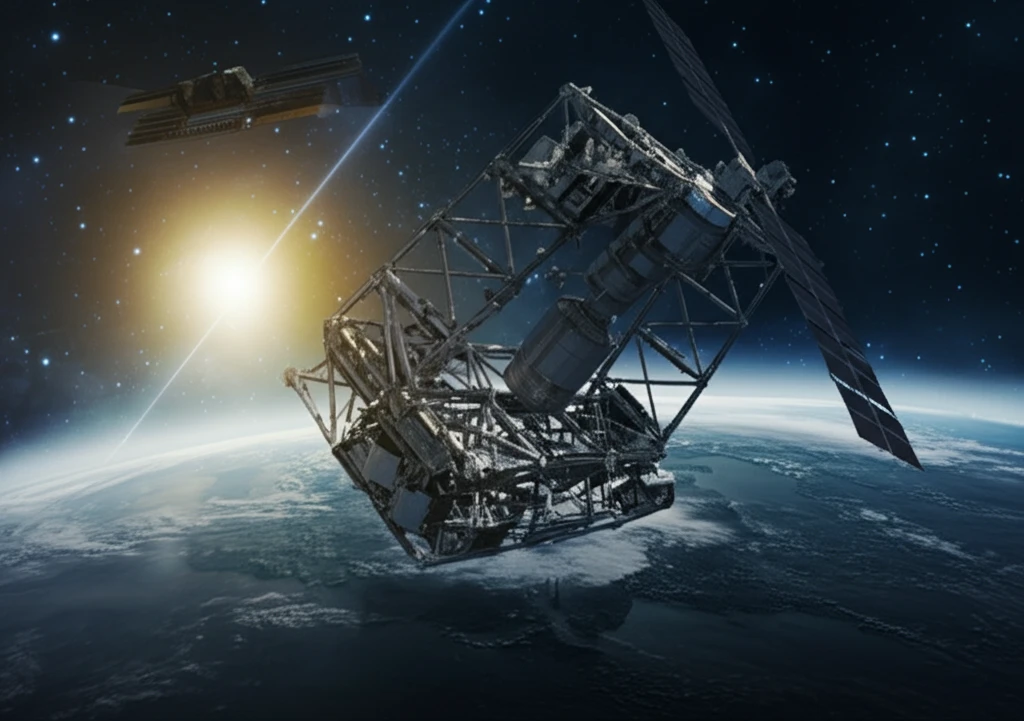
Unlocking the Future: How Deployable Truss Structures are Revolutionizing Space Tech
"Explore the innovative world of deployable truss structures, their critical role in space applications, and what this means for the future of technology and exploration."
Deployable structures are changing the way we approach engineering challenges in space. These innovative designs, which can be compactly stored for launch and then expanded in orbit, are essential for creating large-scale structures like solar arrays, antennas, and masts. Their versatility and efficiency are quickly making them a cornerstone of modern aerospace engineering.
The core of this technology lies in kinematic analysis, a method for understanding and predicting the movement and behavior of these structures. By carefully studying how these trusses deploy, engineers can optimize their designs for maximum stability and performance. This involves complex calculations and simulations, but the payoff is immense: lighter, more reliable structures that can handle the harsh conditions of space.
This article will delve into the world of deployable truss structures, breaking down the key concepts and exploring the cutting-edge research that's driving this field forward. We'll explore the science behind kinematic analysis, and show how these advancements are paving the way for a new era of space exploration and technology.
Why Kinematic Analysis is a Game Changer for Space Structures

Kinematic analysis is the backbone of deployable truss structure design. It allows engineers to predict how these structures will behave during deployment, ensuring they unfold smoothly and lock into their intended shape. This is crucial for avoiding failures and maximizing the structure's lifespan in space.
- Dynamic Equations: These equations describe the forces acting on the structure and how they change over time.
- Constrained System: This refers to the fact that the movement of the truss is limited by its design (e.g., joints that can only rotate in certain directions).
- Driving Force Vectors: These vectors represent the forces that cause the structure to deploy, such as motors or cables.
The Future is Expanding
Deployable truss structures represent a paradigm shift in space technology. As research continues and new materials and designs emerge, the potential applications for these structures will only continue to grow. From enabling larger, more powerful solar arrays to creating massive space-based antennas, deployable truss structures are paving the way for a future where anything is possible.
